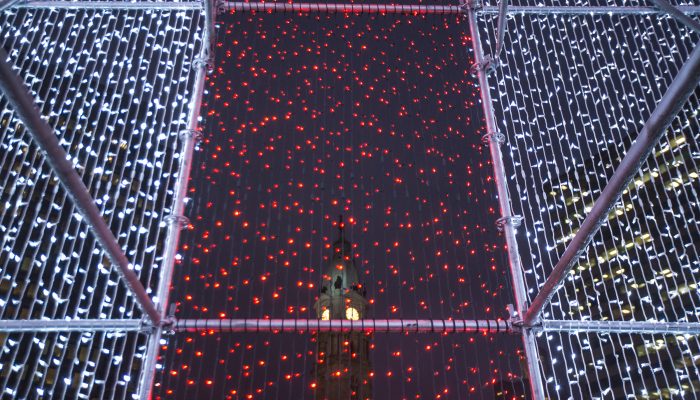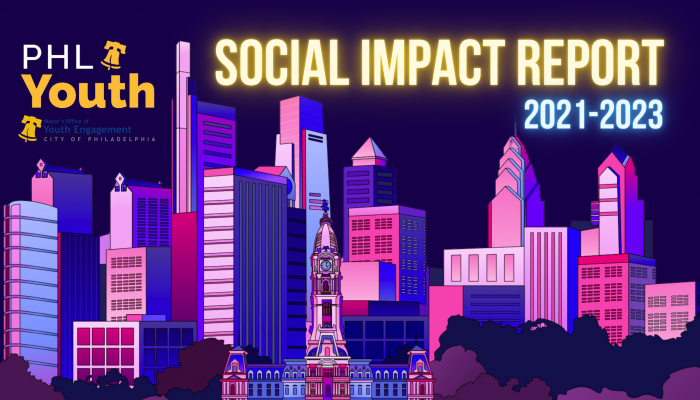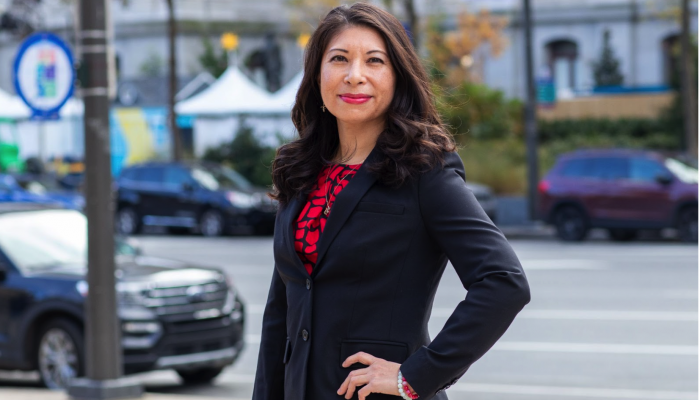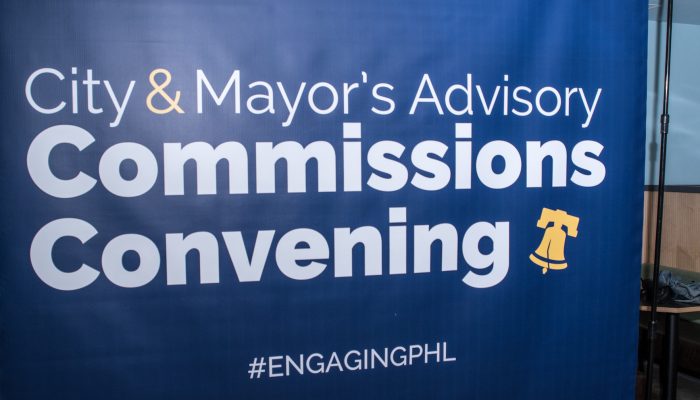The winter holiday season is a special time for many cultures and religions. To mark the occasion, Reverend Naomi Washington-Leapheart, the City’s new Director for Faith-Based and Interfaith Affairs, and other local religious and cultural leaders shed some light on the lesser-known aspects of popular holidays like Christmas, Hanukkah, and Kwanzaa.
Rev. Naomi and the Mayor’s Office of Public Engagement are also hosting several holiday events—The Longest Night, for those having a hard time during the holidays, and two special celebrations at Boathouse Row.
Christmas ends a season of waiting
In America, Christmas is often associated with a single-day of celebrations, focused largely on gift-giving. However, for many, the holiday has a much deeper meaning.
I’ve always been active in Christian congregations and for most of my life, I’ve observed Christmas within the context of special worship services on Christmas Eve or Christmas Day. When I was in seminary, I had the opportunity to slow down to study the Christian liturgical calendar with more curiosity than I ever had before. While I still pause on December 25 to remember the birth of Jesus, I now think of Christmas as a culmination, not as a single event. Christmas has so much more meaning when I remember that it represents the end of a long wait for the holy presence of God in the midst of a dark time.
– Rev. Naomi Washington-Leapheart
In the Christian faith, Christmas is the conclusion of Advent.
- Advent is a season observed during the 22 to 28 days preceding Christmas.
- During Advent, people may read a daily devotional or light Advent wreath candles each week to symbolize hope, peace, joy, and love.
- This period is a time of waiting for the incarnation—or the expression—of God in human form.
The importance of Hanukkah for Jewish Americans
Hanukkah—one of the most widely observed Jewish holidays—is an eight-day festival that celebrates family, freedom, and light.
The Hanukkah story comes from a historical event that took place during the reign of Antiochus IV, who tried to impose Greek culture on all who lived in his region. A small group of revolutionary freedom fighters, known as the Maccabees, resisted in order to preserve their religious identity and take back their stolen land. According to legend, once they defeated the forces of Antiochus and reclaimed the Temple, only one jar of ritually pure oil could be found. The small amount of oil in that jar kept burning for eight days. Hanukkah celebrates the rededication of the Jewish Temple after the victory of the Maccabees.
Unlike many Jewish holidays, Hanukkah is not mentioned in the Bible. It is considered a relatively minor Jewish holiday, and was observed that way for many generations.
Although the original story is centered around resistance towards assimilation, Hanukkah became—for American Jews—a way of showing solidarity and familiarity with their Christian neighbors. I think it’s a way for us to say ‘No, this isn’t Jewish Christmas.’ It’s our own thing, which happens around the same time and shares similar messages about family and community.
– Michael Perice, Student Rabbi, Hillel at Temple University
Hanukkah features a number of unique rituals and symbols:
- Each night, a new candle is added. On the eighth and final night of Hanukkah, nine candles—the shammash (“helper”) candle, plus eight others—are lit.
- The candles are placed in the menorah from right to left—just as Hebrew is written from right to left—but are lit from left to right.
- Fried foods are an important part of Hanukkah meals because they represent the small amount of oil that burned for eight days and nights.
You can join in the celebration of Hanukkah this year by attending the special lighting of Boathouse Row on Sunday, December 29 at 5:30 p.m.
The Seven Principles, Symbols, and Days of Kwanzaa
The cultural celebration of Kwanzaa, which roughly translates from Swahili to “the first fruits of the harvest,” always begins on the seventh day leading up to the new year (December 26 – January 1). It is a time for African Americans to honor their African heritage and revisit the seven guiding principles and symbols that solidify and strengthen the value of community.
The seven core principles—or the Nguzo Saba of African Heritage put together by Dr. Karenga, the creator of Kwanzaa—are as follows:
- Umoja: Unity
- Kujichagulia: Self-Determination
- Ujima: Collective Work and Responsibility
- Ujamaa: Cooperative Economics
- Nia: Purpose
- Kuumba: Creativity
- Imani: Faith
We always try to be mindful about how we can speak those words into existence, and how to embody them—not just on that day, but 365 days a year.
– Maisha Sullivan-Ongoza and Milele Sullivan, Philadelphia’s Kwanzaa Cooperative
Along with the seven principles, there are seven symbols that also represent values of African culture that build and strengthen community.
- Mazao: The Crops. Symbolic of African harvest celebrations and the rewards of productive and collective labor.
- Mkeka: The Mat. Represents our tradition and history—the foundation on which we build.
- Kinara: The Candle Holder. Symbolic of our roots, our parent people—continental Africans.
- Muhindi: The Corn. Meant to represent our children and our future which they embody.
- Mishumaa Saba: The Seven Candles. Ceremonial objects that serve to re-create the sun’s power and provide light.
- Kikombe cha Umoja: The Unity Cup. Symbolic of the foundational principle and practice of unity which makes all else possible.
- Zawadi: The Giftssh. Show the labor and love of parents and the commitments made and kept by the children.
On each day of Kwanzaa family and friends, gather around the Mkeka to light a candle on the Kinara and discuss a principle and its importance in building community.
You can join in the celebration of Kwanzaa this year by attending the special lighting of Boathouse Row on Thursday, December 26 at 5:30 p.m. You can also participate in a candle lighting ceremony and hear from Dr. Maulana Kerenga himself on Saturday, December 28 at 4:00 p.m, at the West Philadelphia High School.




